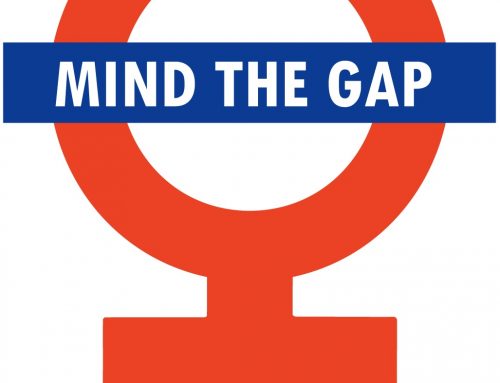After John Chambers, CEO of Cisco, met with Facebook COO Sheryl Sandberg and read her new book Lean In, he had a revelation. He realized that he was not fighting for gender balance as hard as he should be.
In a leaked internal email obtained by All Things D, Chambers writes, “While I have always considered myself sensitive to and effective on gender issues in the workplace, my eyes were opened in new ways and I feel a renewed sense of urgency to make the progress we haven’t made in the last decade.”
Men As Partners in Gender Equality
Though Sheryl Sandberg’s primary message throughout Lean In focuses heavily on encouraging women to embrace their career ambitions and aspirations, she makes it clear that, if women are to ascend to leadership positions, men have to be there as active sponsors at work and full partners at home.
In order to get men to join with women to fight for better gender balance in corporate and governmental leadership positions, she has enlisted Chambers and AmEx CEO Ken Chenault to help sell her vision to men in corporate America.
As Chenault put it, Sandberg’s book, “is not just about women leaning in. It’s also about men leaning in. Success is a two-way street.”
As Chambers wrote in his email: “After reading Lean In and listening to Sheryl, I realize that, while I believe I am relatively enlightened, I have not consistently walked the talk … What we have been doing hasn’t worked, and it is time to adjust.”
Why Men Must Sponsor Women
Liana B. Baker from Reuters reports: “Noting that men hold 86 percent of the top jobs in corporate America, Sandberg said, ‘We want women to get into those jobs, but if we don’t get older men to mentor and sponsor younger women, this will never happen.'”
Sponsorship is essential to career advancement, and one major roadblock for high-potential women is that many men feel reticent to sponsor them. So why are men less inclined to sponsor women?
As Sylvia Ann Hewlett, who directs the Gender and Policy program at Columbia University, explained in a Harvard Business Review/Center for Work-Life Policy paper that she co-authored:
“Sponsorship, which often involves an older, married male spending one-on-one time, often off site and after hours, with a younger, unmarried female, can look like an affair; and the greater the power disparity between the male and the female, the more intense the speculation becomes that the relationship is more than professional. If the woman is subsequently promoted, her achievement will be undermined by office gossip that she earned it illicitly.”
Sandberg understands that this possibility of misperception is a serious impediment. “We have to let men relax,” she said. “Informal conversation — that’s how relationships are built.”
Four Ways to Get Men On Board
In a post for the Harvard Business Review blog, Avivah Wittenberg-Cox, CEO of 20-first, had some great suggestions to help the leaders of corporate America convince their management to prioritize women’s progress in the workplace.
1. Sell the “why.” Wittenberg-Cox states that leaders must convince their team that better gender balance isn’t just good for women, but also for the business as a whole. She writes, “Companies that successfully attain gender balance do so because their leaders believe it will improve quality, culture, performance and the bottom line.”
2. Focus on the men. She writes, “The real obstacle in most companies is not women. It is the existing leadership mindset, culture, and styles. This means most of the focus needs to be on changing the male majority, not on changing women.”
3. Reframe the conversation. Wittenberg-Cox warns that men must not be made to feel blamed for the lack of progress of women. She writes, “Accusing men is a great way, in my experience, to shut them down. Instead use another approach: reframe gender balance as one of the century’s most obvious business opportunities.”
4. Get all leaders skilled at managing across genders. “It is very hard to manage across genders when people don’t really understand what the differences are and how they affect the workplace,” Wittenberg-Cox writes. “The challenge here is not to treat everyone equally and the same (most managers think they already do), but to treat everyone equally and different, with a deep understanding of what those differences are.”
Men’s active involvement in the fight for women’s advancement in the workplace is crucial. The more senior men who take up the cause, the quicker that meaningful change will happen.
Many leaders are now recognizing that there has never been a better time to build a more gender balanced work environment. As John Chambers wrote: “We believe we have an opportunity to make a tremendous difference, and in so doing benefit our people, our culture, our company and, just maybe, the world.”






